Convertible Cribs
Longevity: Transforms from crib to toddler, day, or full-size bed.
Cost-Effectiveness: Saves money by eliminating need for multiple beds.
Eco-Friendly Options: Often available in sustainable materials.
Get Clara Jennings' expert cot bed reviews and safety tips delivered straight to your inbox. Your baby deserves the best!
Posted on: 2025-10-21
By: Clara Jennings
Choosing the right crib for your baby is not just about style—it's a decision that impacts safety, comfort, and your budget. With options like convertible and traditional cribs, understanding their differences can help you make the best choice for your family.
Understanding the differences between convertible and traditional cribs is key to choosing the right option for your nursery. This comparison highlights their main features and benefits.
Longevity: Transforms from crib to toddler, day, or full-size bed.
Cost-Effectiveness: Saves money by eliminating need for multiple beds.
Eco-Friendly Options: Often available in sustainable materials.
Fixed Design: Remains in original infant-only form.
Upfront Cost: Often more affordable initially.
Replacement Needed: Requires new bed as child grows.
When it comes to creating a safe and comfortable sleeping environment for your little one, understanding the difference between convertible cribs and traditional cribs is essential. A traditional crib typically remains in its original form throughout its use, while a convertible crib transforms and adapts as your baby grows. This adaptability is key for parents looking to invest in furniture that will last.
Both types of cribs serve the primary function of providing a safe sleep space for your baby. Traditional cribs often feature a fixed design, which can be comforting for some parents who prefer simplicity. In contrast, convertible cribs can often turn into toddler beds, daybeds, or even full-size beds, offering versatility that can save you money in the long run!
To really understand what each type of crib offers, let’s break down their definitions:
Choosing the right crib is more than just about style; it’s about functionality and future-proofing your nursery. By opting for a convertible crib, you may find that you’ve made a wise investment that supports your child's development!
As parents, ensuring the safety and comfort of our children is always our top priority. Selecting the right crib plays a crucial role in this. A well-chosen bed can significantly impact your baby’s sleep quality, which in turn affects their growth and development. A crib that meets safety standards and is designed for comfort provides peace of mind.
Safety is paramount, especially when it comes to a growing baby who will be learning to move around and eventually climb. In my experience at Baby Cot Beds, I’ve seen firsthand how the right crib can offer both security and a cozy environment for your baby to thrive in—after all, a well-rested baby is a happy baby!
One of the standout features of convertible cribs is their longevity. Investing in a convertible crib means you are choosing a piece of furniture that can transition through various life stages. You won’t have to purchase multiple beds as your child grows!
This adaptability not only extends the use of the crib but also ensures that you’re getting value for your money. When we think about nursery furniture, it’s about making smart choices that support our children’s needs!
Convertible cribs shine when it comes to space efficiency. In smaller homes, having a bed that can serve multiple purposes is a game-changer. Instead of sacrificing valuable floor space for multiple pieces of furniture, a convertible crib gives you the opportunity to maximize your nursery layout.
Moreover, by investing in a convertible crib, you can save money over time. Why buy several beds when one can do it all? This financial practicality is something I always recommend to new parents at Baby Cot Beds. It’s about finding balance and making choices that benefit both your baby and your wallet!
In today’s world, being environmentally conscious is more important than ever. Many brands now offer eco-friendly convertible cribs made from sustainable materials and finished with non-toxic substances. These options not only protect your baby’s health but also contribute to a healthier planet!
By opting for eco-friendly options, you can create a safe nursery for your little one while also making a positive impact on the environment. It’s a win-win situation!
When selecting a crib, consider not just the immediate needs but also the future. A convertible crib may seem like a larger upfront investment, but it can save you money and hassle as your child grows, turning into a toddler bed and beyond. Additionally, look for features like adjustable mattress heights to enhance safety and comfort for your growing baby!
As we've explored throughout this article, there are significant differences between convertible cribs and traditional cribs. Understanding these distinctions is crucial for making the right decision for your baby's nursery. Here’s a quick recap of the main points:
Having a clear understanding of these differences will help you and your family choose the best fit for your needs. Remember, it’s not just about the crib; it’s about creating a safe and nurturing environment for your baby!
Now that we've covered the essentials, it's time to consider how to apply this information to your unique situation. When deciding between a convertible crib and a traditional crib, think about your family's specific needs, available space, and budget. Each type has its strengths and limitations that should align with your lifestyle and future plans for your little one.
For example, if you're planning to expand your family soon, a convertible crib might be the more practical option. On the other hand, if you’re looking for something budget-friendly for a short-term need, a traditional crib could suffice. Whatever you decide, make sure it aligns with your vision for your nursery!
To help you dive deeper into your options, I recommend checking out our comprehensive reviews on Baby Cot Beds. We provide detailed comparisons, user testimonials, and safety ratings to simplify your decision-making process. For an unbiased perspective on options, you might also consult expert reviews such as those found on Consumer Reports' best cribs list or BabyGearLab's crib reviews.
By utilizing these resources, you can confidently choose the crib that meets your family's needs and provides a safe environment for your baby!
Along with choosing the right crib, it's vital to keep in mind the important guidelines for safe infant sleep. Here are some key considerations:
Implementing these guidelines will help ensure that your little one has a safe sleeping environment, allowing you to rest easy as a parent. At Baby Cot Beds, we are dedicated to providing parents with the information they need to create a safe, cozy nursery for their babies.
Here is a quick recap of the important points discussed in the article:
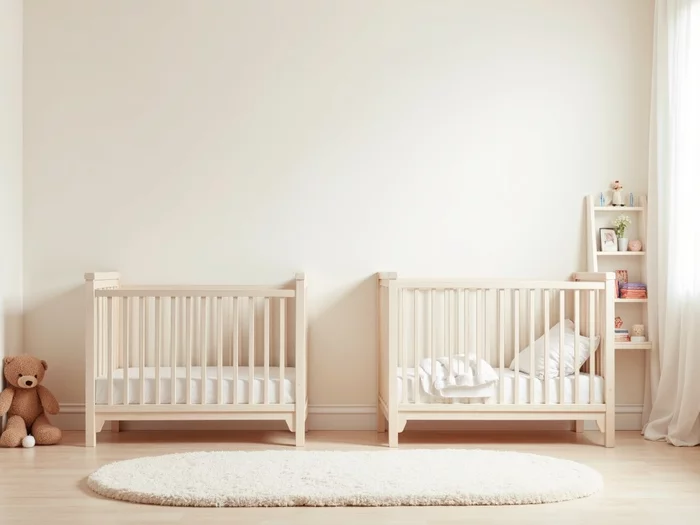
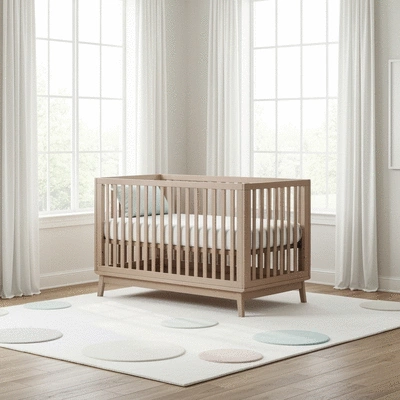
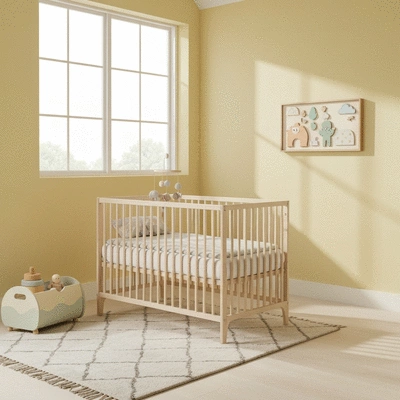
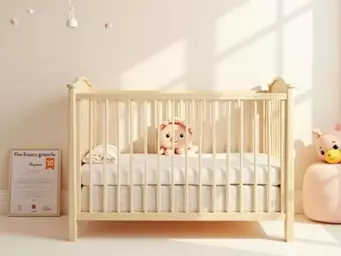 Did you know that starting in 2025, the UK will implement new fire safety regulations for baby cot b
Did you know that starting in 2025, the UK will implement new fire safety regulations for baby cot b
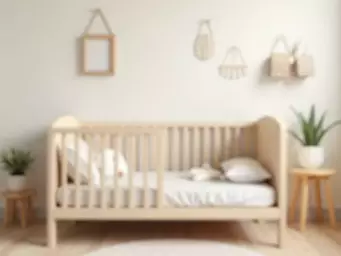 Have you ever felt a mix of excitement and anxiety while choosing a cot bed for your baby? With so m
Have you ever felt a mix of excitement and anxiety while choosing a cot bed for your baby? With so m
 Choosing the right bassinet for your baby can be both exciting and overwhelming, especially when you
Choosing the right bassinet for your baby can be both exciting and overwhelming, especially when you